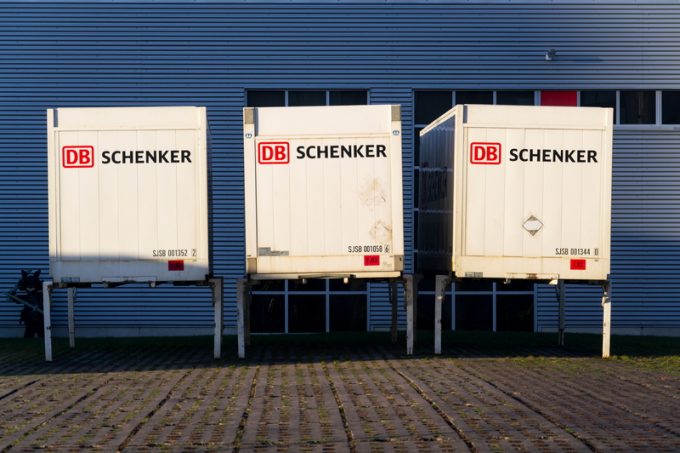M&A and the impact on staff: Part 2, DSV's culture
This business is all about people. It’s about relationships, the daily toil achieved together. The experiences ...

For DB Schenker, Vietnam has been a strong market over the past year.
One factor in this was the repercussions of the trade conflict between the US and China, which accelerated the migration of manufacturing from the middle kingdom to neighbouring countries, noted Robert Reiter, chief ...

Comment on this article